Rocca Priora, the highest village of the Castelli Romani, proudly overlooks the Colli Albani from over 700 metres above sea level. Its ancient Latin name, Corbium, derives from Coriolanus, who occupied the site during his march on Rome in 486 BC.
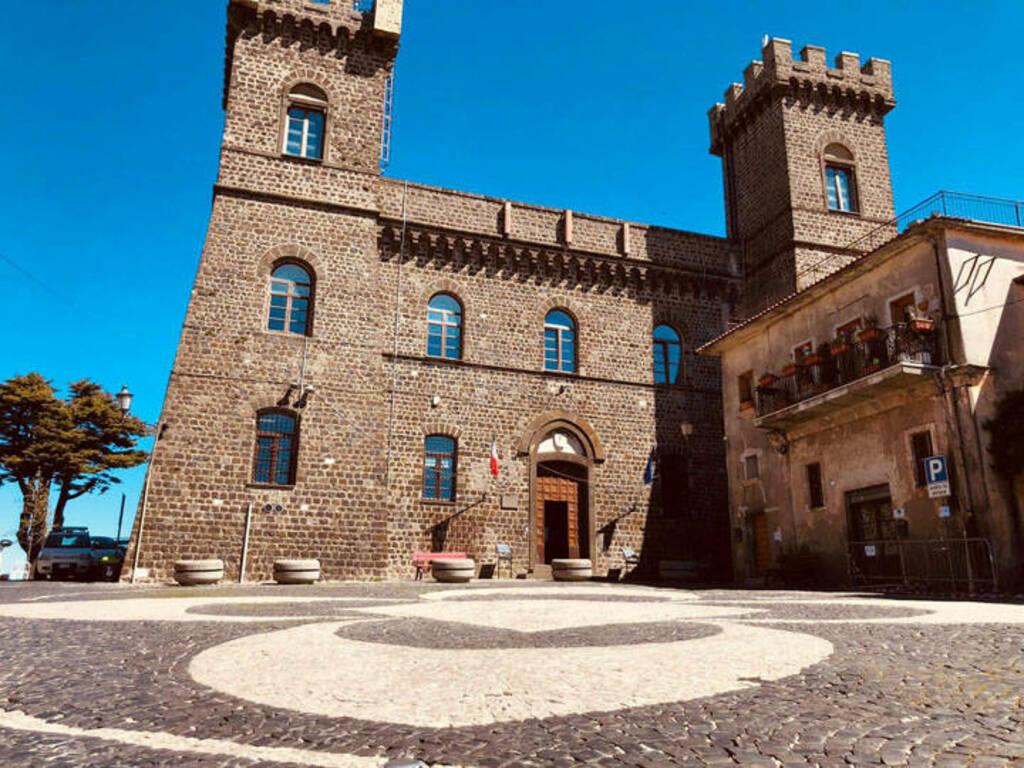
Palazzo Savelli – www.comune.roccapriora.rm.it
Palazzo Savelli, today’s Town Hall, was built on the ruins of the Annibaldi medieval castle and restored in 1880 by the architect Francesco Vespignani in fifteenth-century style. The building dominates the Belvedere from Rome to Palestrina.
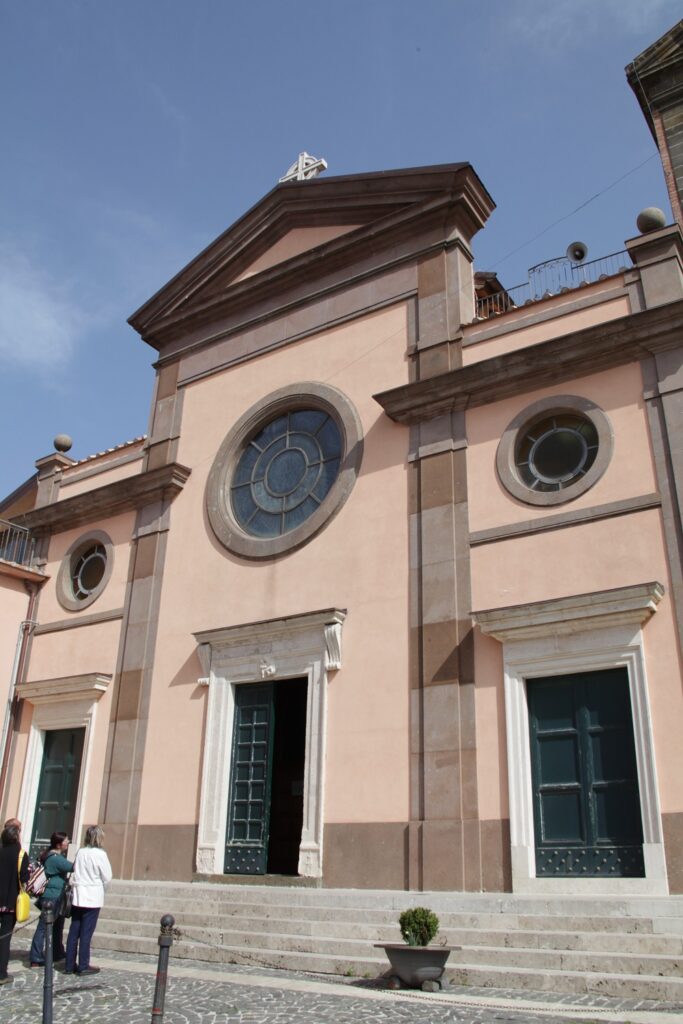
The Church of Santa Maria Assunta – www.visitcastelliromani.it
The Church of Santa Maria Assunta was built near Palazzo Savelli in the earl fifteenth century on an ancient Latin temple dedicated to the Goddess Fortuna. The façade preserves a stone portal with the Savelli Family’s coat of arms.
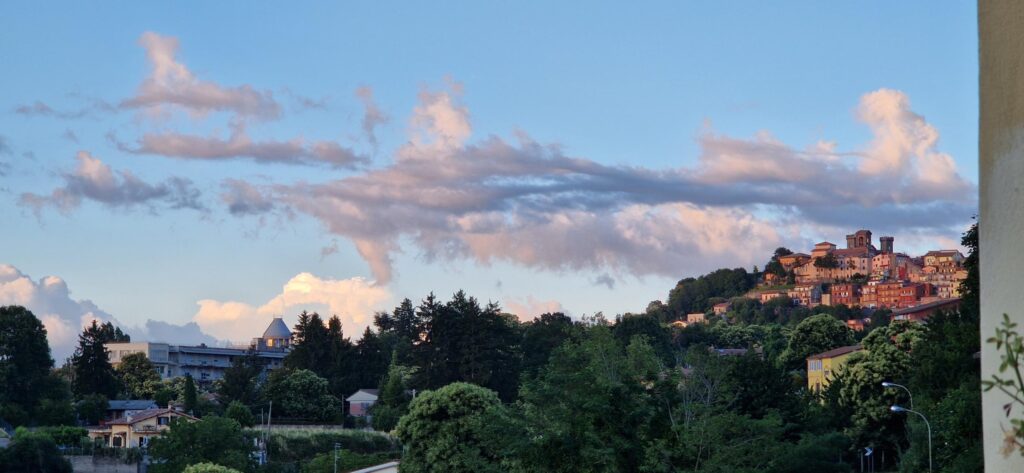
Palazzo Savelli in Rocca Priora – www.comune.roccapriora.rm.it
Rocca Priora owes its name to Castrum Arcis Perjuriae, a former settlement donated, at the end of the eleventh century, by Agapito, Count of Tusculum, to his daughter. After the destruction of Tusculum in 1191, it passed to the Annibaldi, and then to the Colonna, the Savelli and the Apostolic Chamber. The municipality was finally established in 1870. The Porta dei Savelli, an almost ogival arch surmounted by a round marble stone with the Family coat of arms, was built in blocks of sperone, a tuff rock typical of the Castelli Romani. Once, the door was opened and closed at set times and continuously monitored by chosen guardians.
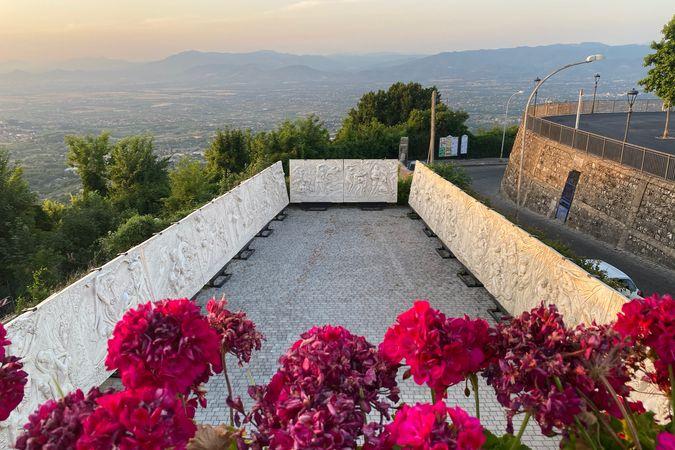
The “MuRo – Museo Benedetto Robazza” – www.comune.roccapriora.rm.it
The “MuRo – Museo Benedetto Robazza”, inside the “Polo Culturale Monsignor Francesco Giacci”, displays works by the sculptor Mario Benedetto Robazza, inspired by the “Divine Comedy” by Dante Alighieri.
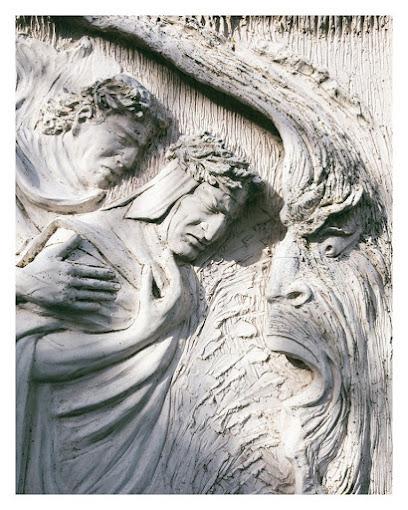
Dante’s high relief at the “Museum Benedetto Robazza” www.comune.roccapriora.rm.it
Among the paintings and bronze and marble sculptures, a ninety square metre high relief stands out. This imposing work, created by the Maestro Benedetto Robazza in 1994, includes eighteen panels depicting the thirty-four Cantos of Dante’s Inferno. The Museum also hosts a teaching room, set up by the “Consorzio Bibliotecario dei Castelli Romani”, dedicated to the artist and the Divine Comedy.
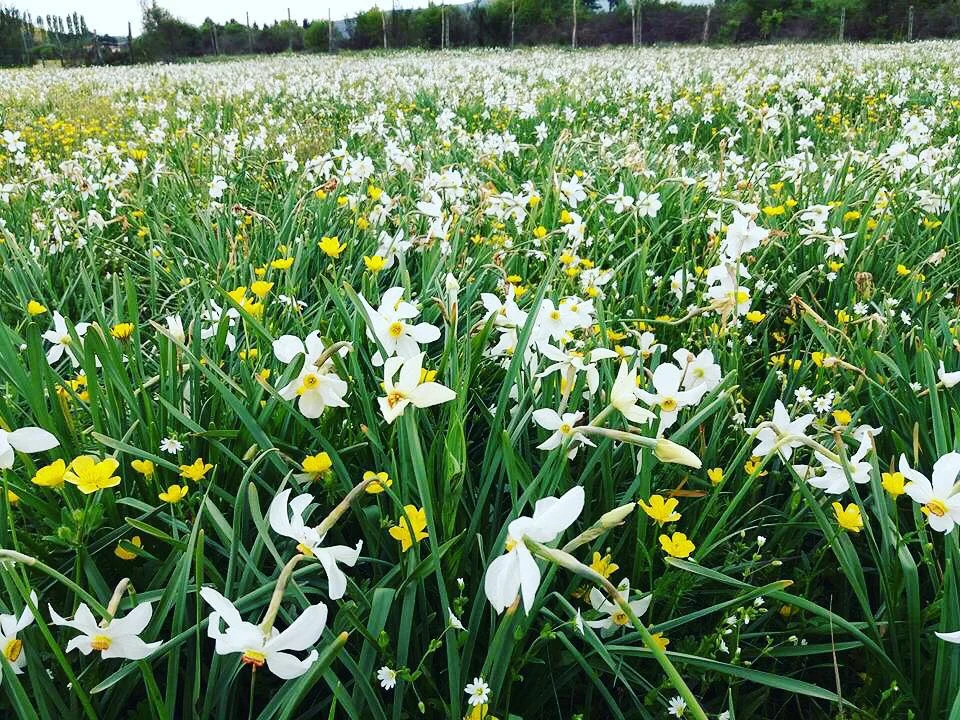
Daffodiles – Facebook @nuovaprolocoroccapriora
The fountains and alleys of Rocca Priora smell of daffodiles, the spontaneous flowers celebrated at the “Festival del Narciso” in earl May, when they bloom everywhere and adorn windowsills.
Rocca Priora, once known as the snowfield of Rome, supplied ice to the citizens until the invention of the refrigerator in the nineteenth century. The snow, stored in wells and covered with hay, was transported with carts and sold in the City. Thus, in the territory of Rocca Priora, inside the “Parco Regionale Naturale dei Castelli Romani”, the “Monumento Naturale Madonna della Neve” was established, in order to preserve the porcupine, the fox, the hoopoe and the buzzard.
The Church of Santa Maria della Neve, built in the late sixteenth century, was at first a small chapel inhabited by a hermit and visited by the villagers, who went there to pray to the Virgin for abundant snowfalls. In 1660, the Florentine Marquis Zenobio Baldinotti restored and expanded the Church as a sign of gratitude to the Virgin, placing on the high altar a reproduction of the painting “Madonna della Neve”, now preserved in Santa Maria Maggiore in Rome. The Basilica was built, in fact, after the miraculous snowfall occurred on August 5, 352.
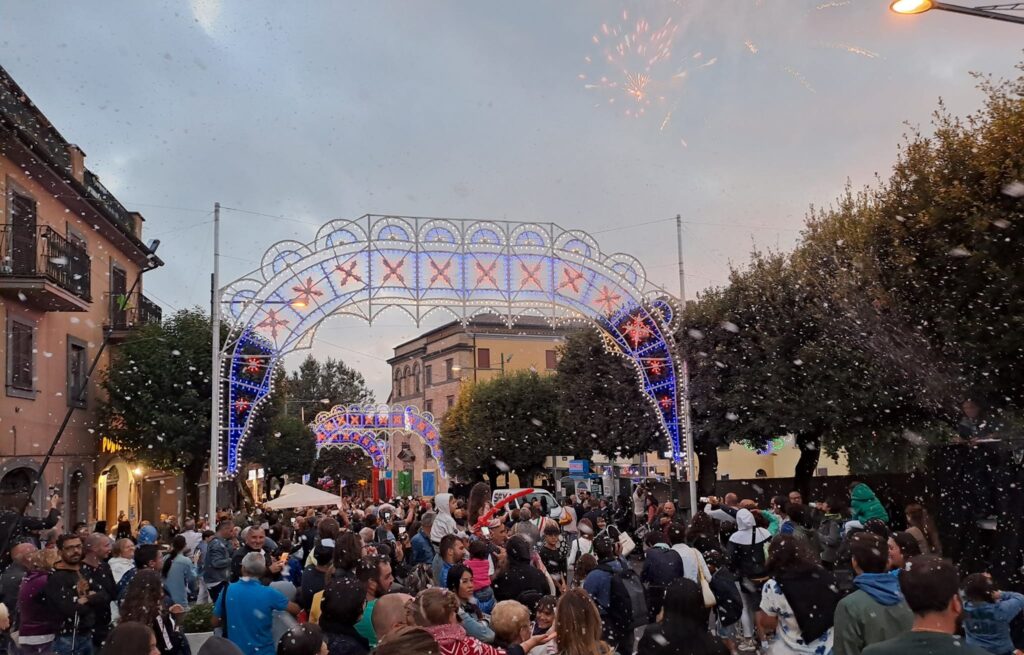
Feast of the Madonna della Neve – Facebook @Nevicando
On the first Sunday of August, the anniversary of the Madonna della Neve, a big Festival is calebrated with a solemn procession, live music, street artists, exhibitions and the unmissable artificial snowfall, in memory of the event occurred in 352.
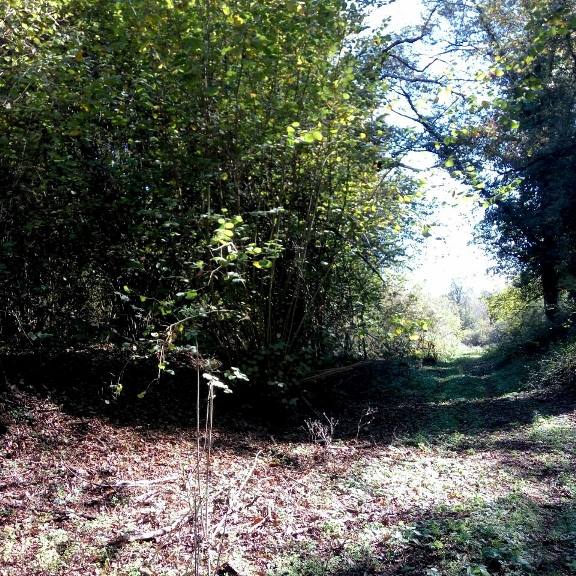
Bosco del Cerquone – www.parchilazio.it
From the Sanctuary, starts a route which, winding through the “Parco dei Castelli Romani”, leads to the Pantano della Doganella, a former lake drained in the 1940s, that appears and disappears according to the season. The site is inhabited by rare specimens of newts and salamanders. Also noteworthy is the Bosco del Cerquone, that preserves centuries- old turkey and English oaks of more than three- metre circumference.
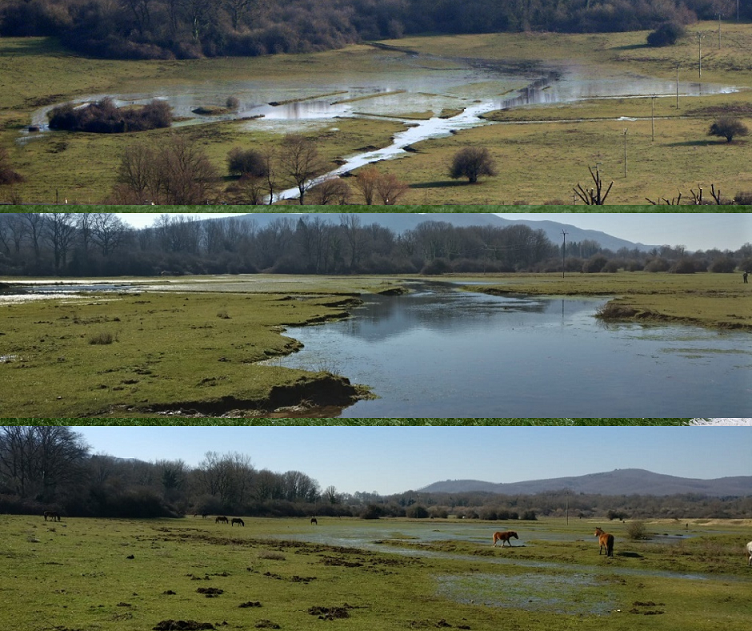
Pantano della Doganella – www.parcocastelliromani.it
The Bosco del Cerquone in Rocca Priora is one of the few examples of original local forest not converted into a chestnut grove. It extends over an area of about seventy-five hectares and, together with the nearby Doganella Wetland, belongs to the European ICS (sites of community importance) List. The Pantano della Doganella and the Bosco del Cerquone are located along Via Tuscolana, in the vicinity of Pratoni del Vivaro.
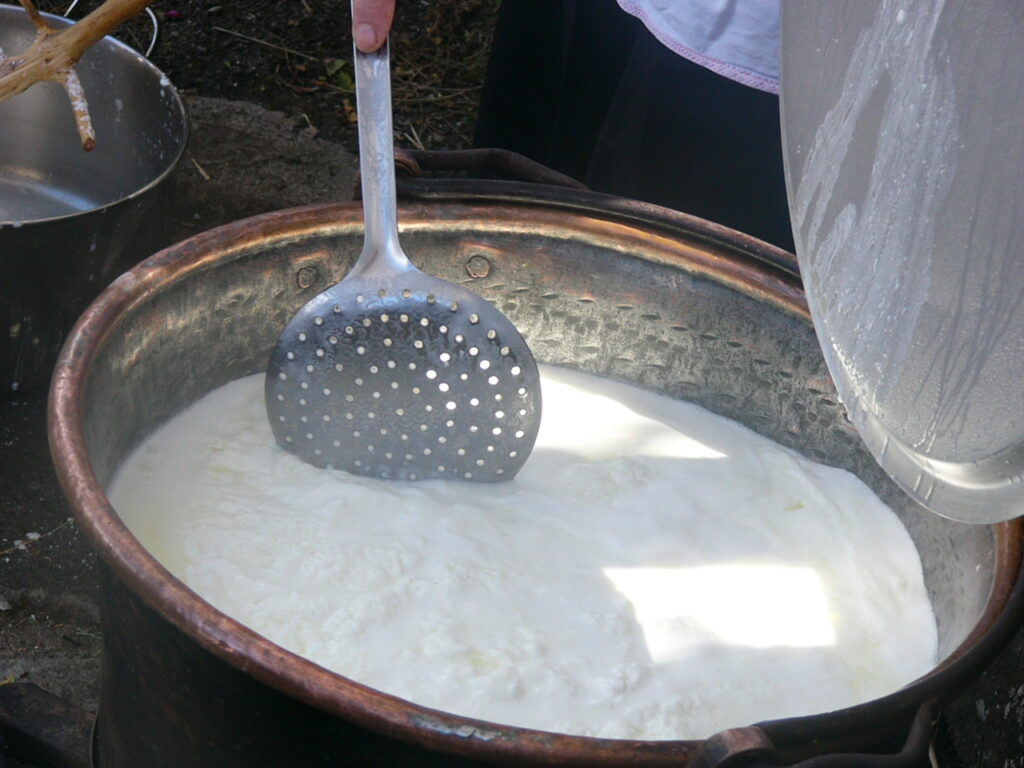
The Scottone – www.visitcastelliromani.it
The Scottone is a typical semi-liquid ricotta to be served very hot in earthen containers. The milk of the Vivarese sheep is boiled twice until it turns into the soft cheese , celebrated during the centuries-old Festival of Sant’Antonio Abate.
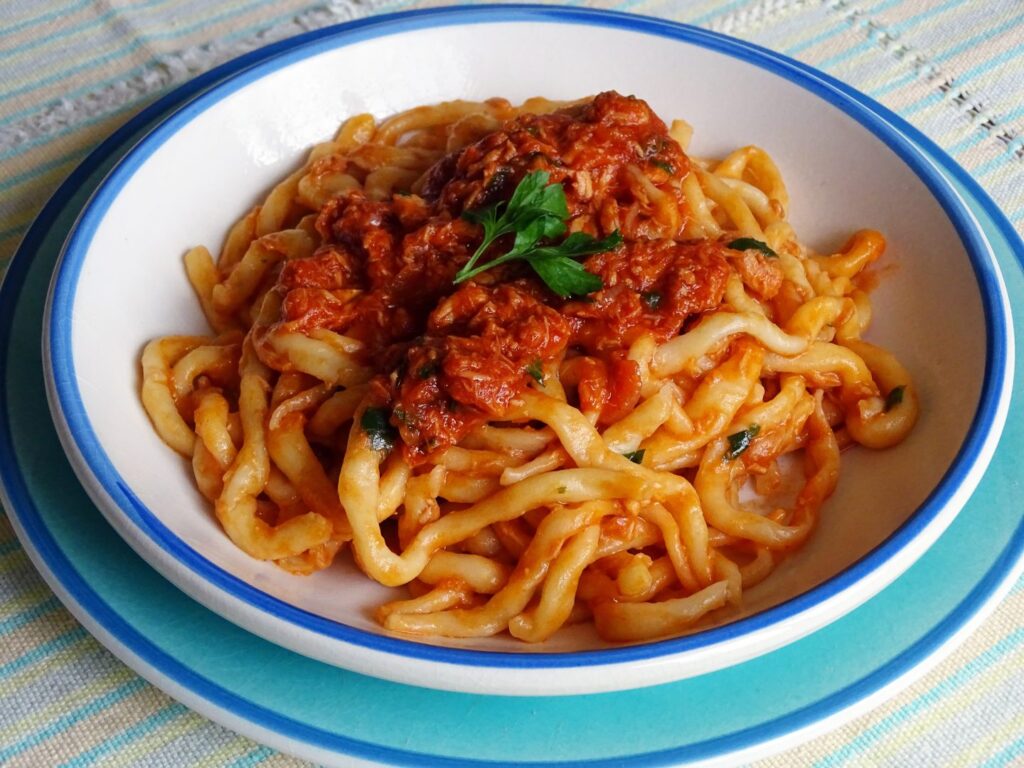
The Cellette – photo by Giovanni Biallo @ www.visitcastelliromani.it
The Cellette al sugo di ricotta is a local pasta dish, that can be enjoyed together with Tozzetti (almond biscuits) during a Festival held in Sant’Antonio Abate on January 17.
While preparing the thin elongated strings (ncellettà), the cooks love telling ancient stories and anecdotes occurred in Rocca Priora. The sauce is made from summer harvested tomatoes, dried and mixed with ricotta from the local pastures. Several events take place in Rocca Priora during the year, such as, in mid-July, the Festival of the Panontella, a slice of bread with grilled bacon fat and sausages, the dish of shepherds and woodcutters. Not to be missed also the Feast of San Rocco, celebrated on August 16, with a procession carrying the statue of the Patron Saint throughout the streets of the town. Finally, during the last two weeks in August, in Colle di Fuori, it will be possible to attend the festival of the grilled lamb from the Castelli Romani.
